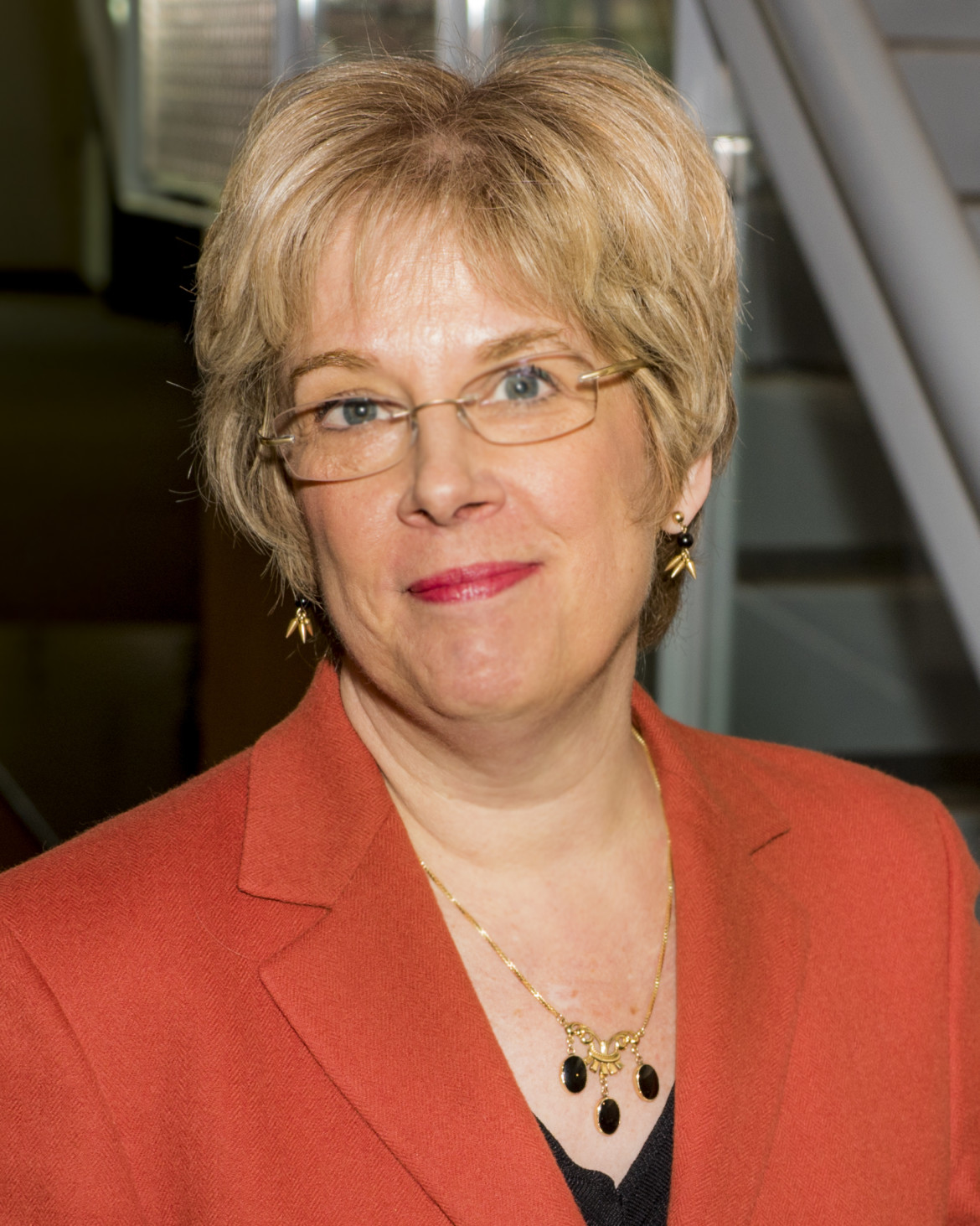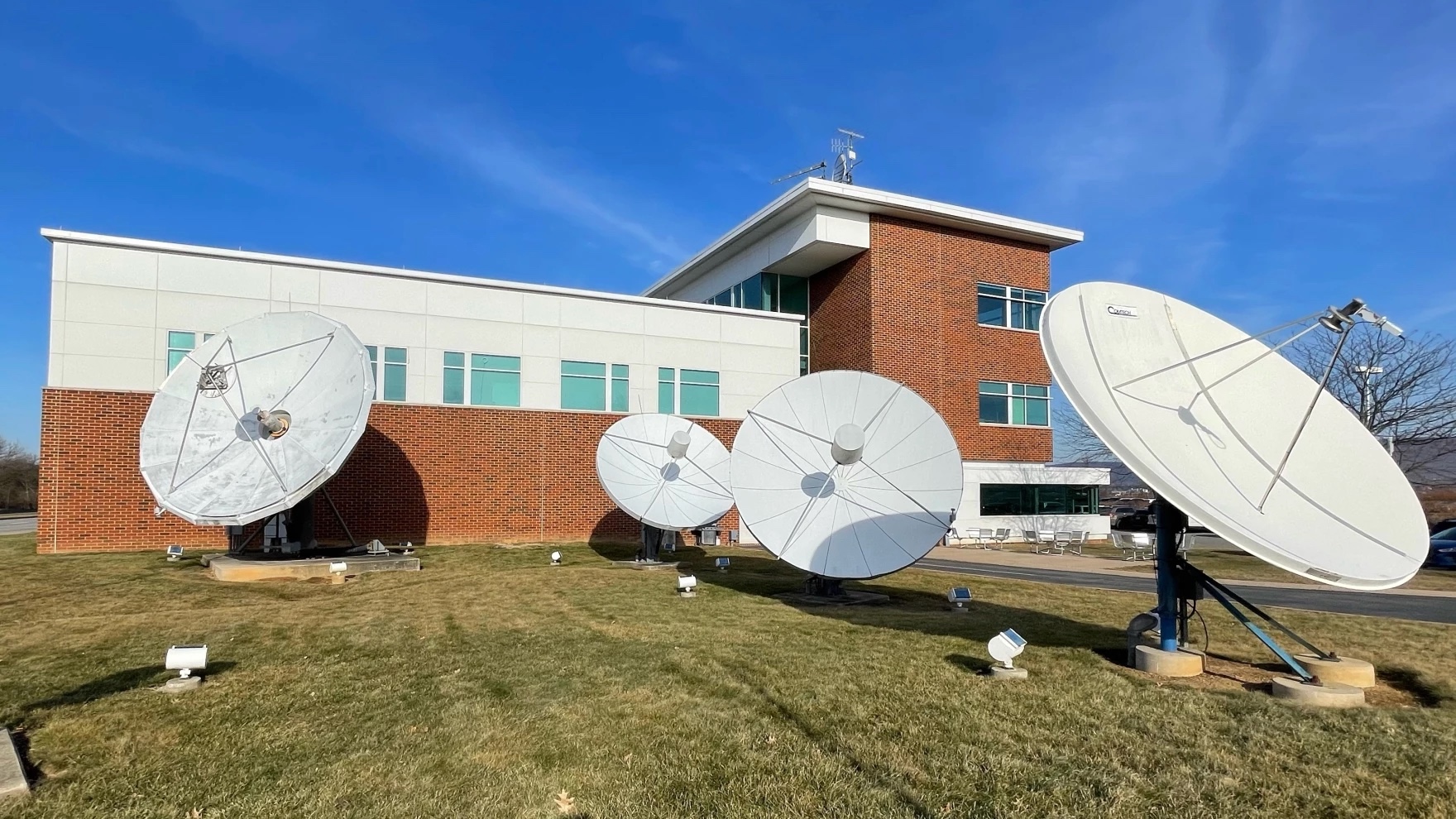TV station leader sees strong future in building community, face to face

Pavelko
On a recent episode of our podcast, host Adam Ragusea examined a question facing public television stations: What’s the point of a local intermediary if viewers can get what they want on demand, and straight from the source? After talking with Steve Bass, c.e.o. of Oregon Public Broadcasting, Adam got a slightly more optimistic take on the future of stations from Kathleen Pavelko, c.e.o. of WITF in Harrisburg, Pa. WITF, like OPB, is a joint licensee. We asked Pavelko, Which is more problematic these days, the station-NPR relationship or the station-PBS relationship? This was of course an incredibly leading question that she immediately smacked down.
Kathleen Pavelko: I would say quite strongly that the station-PBS relationship and the station-NPR relationship are both at the most collegial, most forward-looking stage I can remember — and I can remember a good while back.
On the PBS side, Paula Kerger has made the success of the stations her priority from the beginning, and she’s acted on it — she really has — and PBS has demonstrated good faith and good execution in finding ways for viewers to access PBS content, but without cutting out the stations. There are a bunch of examples of this. You’ve got the COVE on-demand player, which resides for each station. You’ve got the emerging Passport plan, which allows viewers who become members at a certain level to have direct access to PBS content, which really helps stations with membership development. You’ve got fabulous educational kids’ apps, which localize to stations. And then, of course, you’ve got the PBS app, which also localizes to stations. In a lot of very important ways, PBS is helping stations navigate what we broadly call “the digital environment” and doing it in a collegial way.
Adam Ragusea, Current: That’s good to hear, but ultimately what is the argument for the continued existence of stations in a world where more and more of the people that you serve are going to be accessing PBS content and other public television content directly through on-demand video in an equation that does not have to involve you, their local station?
Pavelko: It doesn’t have to involve the local station if you assume that public service to the people we now call “viewers” will be limited to eyeballs on screens. I don’t think any station — and WITF is certainly among them — believes that that’s the only way that we are or will be interacting with our users. I’m a little reluctant to continue to use “viewer” only because we believe that the platforms that make a difference to our “viewers,” our “citizens,” our “users” — we’ll go with “users” — that the platforms that matter to our users are not limited to screens, but include the oldest and most old-fashioned platform ever, and that’s face-to-face interaction, much like NPR and its stations.
NPR gets, what, 50 percent of its funding from stations and 100 percent of its community connection. The PBS equation is similar. I think the funding percentage is much higher, but 100 percent of PBS’s community connection comes through its stations. And that includes things like screenings, panel discussions, children’s events and so on, all of which WITF does pretty big-time.
We did a screening last night for a WITF original production which had to do with the history of how we treat people with intellectual disabilities in this country, the institutions we incarcerated them in for a century. Things have improved, but we had 150 people watching the documentary — it’ll premiere in a week on WITF — but the connection, the engagement was there. There was weeping, there was gasping in the audience when they saw the reality of what had been done, and a real desire — and, in fact, it will be acted upon — for the people in that audience to take pieces of that program and stage community meetings, panel discussions, Kiwanis presentations — you name it — making use of what we created and carrying it forward into action and conversation in their communities. That’s one of the reasons why a local station matters.
Current: And, of course, there’s local content as well. All of that is wonderful, but as you look at your budget for the television side of your operation, how much of your money is spent doing those kinds of wonderful community local events and the on-the-ground fundraising and local programming versus how much of your budget is spent engaged in the broad act of essentially being the local distributor of national content? Dealing with your towers, dealing with your schedule, having a p.d. think about whether or not to move America’s Test Kitchen and looking at the numbers for a couple of weeks on that — all that kind of stuff that I would imagine takes up a really big chunk of your of your energy as measured by money.
Pavelko: You’re absolutely right. The equation on the TV side is much more tilted towards the nuts and bolts of operation and program fees for programs that we purchase. It’s about a 10-to-1 ratio; I take it to mean it costs a tenth as much, or maybe a little more, to produce and to deliver radio content, including a much higher percentage of local content on radio than on TV. That is the reality of the differing cost factor. Listen, as soon as we get to the mind-meld method of getting programs to you, and I can take down the tower, I am going to be one happy woman. But, for the time being, we’re kind of stuck with big iron. That’s true for radio as well.
Current: That was so the billboard cut. Well done.
Pavelko: This whole business of over-the-top and everything, there are a couple of things to really keep in mind, and over-the-air as well. One is kind of really interesting: If they go ahead and deregulate cable boxes, it could be a real boost to the app-driven environment where people are using apps on their tablets or whatever. It could also really damage cable’s business model. That couldn’t happen to a nicer group of guys. But it’s also important to know that one of the things that PBS has done for stations is to negotiate pretty good deals for the app world, whether it’s Roku or whatever. That’s not something that a station like WITF is prepared to do on its own. So that’s another way in which PBS is helping stations succeed on different platforms and in different worlds while still remaining in partnership.
Also, what about people transferring entirely to wireless broadband carry? That’s going to happen; it’s already happening. But PBS Kids programming, while it is widely used by kids on apps — and if you haven’t actually tried the PBS Kids app, you really should.
Current: Believe me, I have tried. I have a 1½-year-old. We do this all the time.
Pavelko: Do you like the Guide for Parents, where it shows you what your child is learning for every episode and how you can reinforce it? I think that’s really cool.
Current: I really think that’s wonderful. I really love that. I absolutely do. I’m totally sold.
Pavelko: Here’s the thing about that: It’s sort of counterintuitive, but for all that kids use apps on tablets and iPhones and so on, there’s still extremely heavy use of over-the-air broadcast television and cable-delivered television for kids, especially in minority and low-income homes where wireless broadband access is unavailable or much less available. That’s one of the reasons why I think that traditional broadcast television will continue to play an important role, especially for kids and especially for minority and disadvantaged kids.
Current: In perpetuity, or do you ever speculate as to what the year is going to be that you really can tear down your tower? I don’t know if you can tell me whether or not you’re participating in the spectrum auction, legally at this point.
Pavelko: I cannot. The quiet period is very much in force. But think about it this way: At some point the spectrum auctions will be done, much more spectrum will be made available to wireless providers, which should mean that it’ll be easier — I’m not going to say it’s going to be cheaper — but it will be easier to access longer-form video content in a reliable way on that format. I do think that is on the horizon. But if you look at what the FCC says, we’re looking at a minimum of four years from now for the providers to be able to make use of that spectrum. It looks that way. So my crystal ball is no better than that.
Current: At least four years, but probably a lot more. Again, especially in your market where you serve — at least in parts of it — a pretty needy demographic.
Pavelko: Yes, we do. It’s not entirely true for every community we serve, but it’s largely true. This is a related issue, but I wanted to talk a little bit about the managerial silos for TV and radio; as a joint licensee, it’s something that we’ve been thinking about. We haven’t had separate TV and radio managers in operations for almost 15 years. We have a single chief content officer, a single multimedia program director and what functions as a joint traffic operation. That’s why the BBC’s announcement in the past few months that they were finally going to merge the management of TV and radio struck me as oh so late to the party.
I could imagine that we’re getting to a point where this multimedia operational approach, which is true for us internally, could actually also become the way that the audience perceives us in the future. That the delivery platform will vary, but that the content — which is now not called “TV” or “radio” but is called “audio” and “video” and “text” — will come to be perceived as coming from WITF, and maybe we have to change our name at this point. Period. Full stop. It just comes from us without this label of TV or radio. I don’t know about you, but people tell me all the time, “Oh, I watched that on NPR,” and “I heard that on PBS” — they’re already mushing us together. I actually am looking forward to the day when the separations that we’ve grown up with, and which technology has imposed on us, will go away and the consumption of content will be more directly perceived by the audience and without too much interplay of the delivery platform.
Current: Yeah, but is it realistic to think that your brand is the brand that’s going to win out when everything gets smushed together when you’re competing with so many more powerful brands in the mix — whether it’s PBS or NPR or WNET or WGBH, all the different little bits of alphabet soup that your audience is perpetually bombarded with.
Pavelko: I don’t have to be the priority or the only brand; I have to be the brand which is closest at hand. People do live in places, and having a brand which is trusted because I can see it, I can drive by it, I’ve been to an event at that place and I know those people personally through my network of friends and family and professional acquaintances: All of that is what we can offer, what makes us distinctive. And I think that’s the path forward for us.
Related stories from Current:







